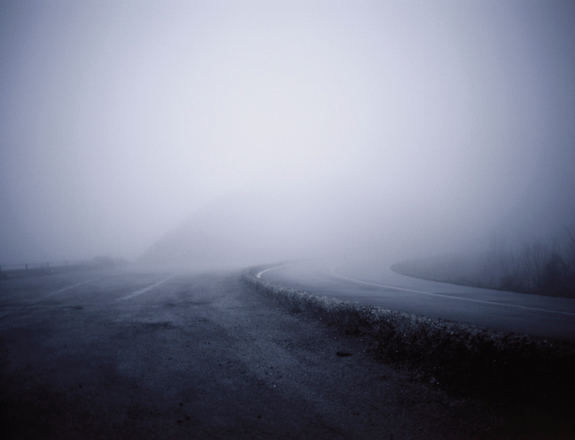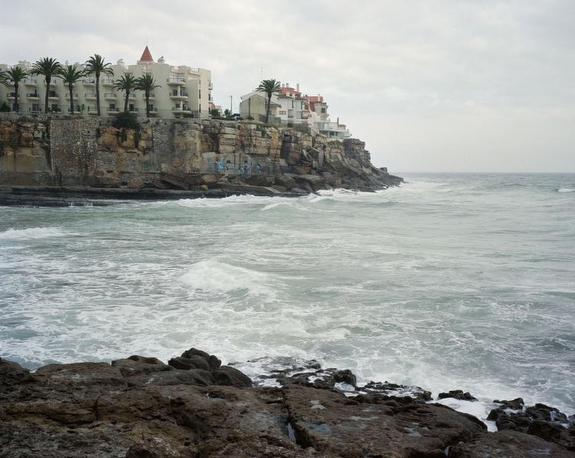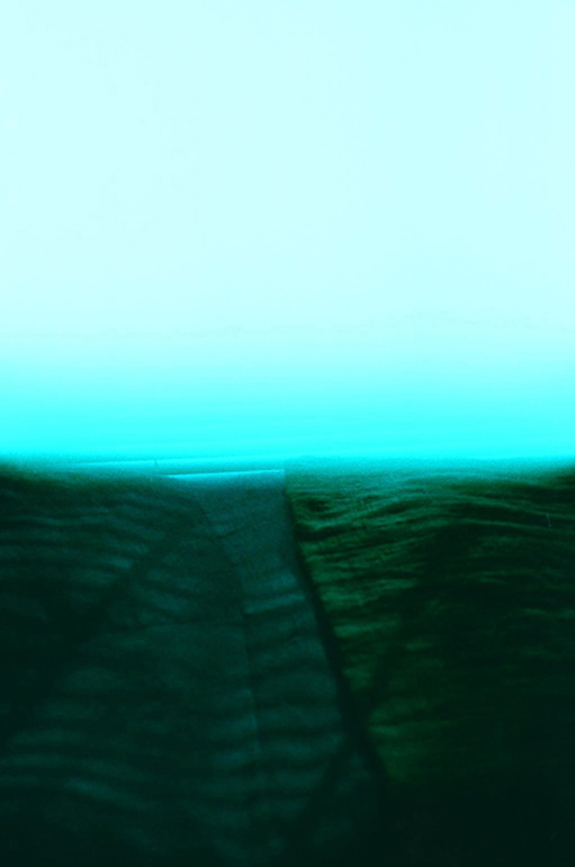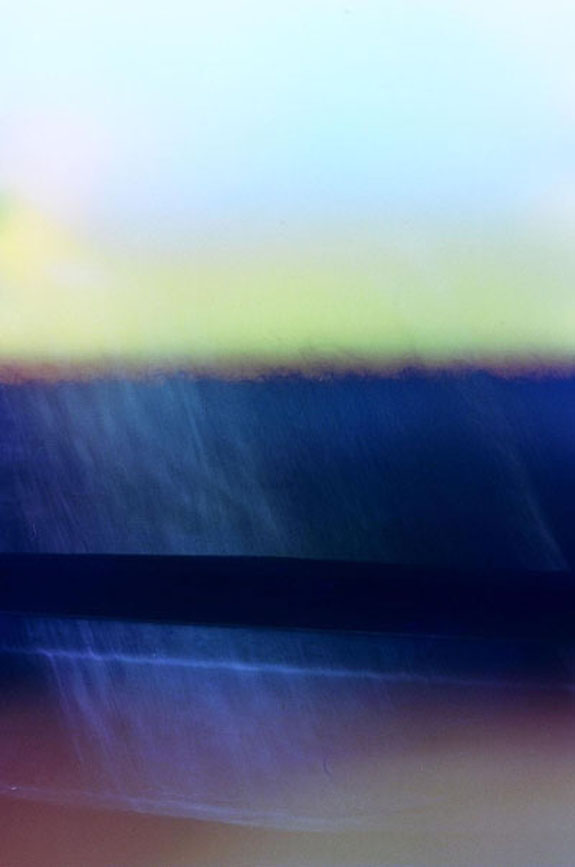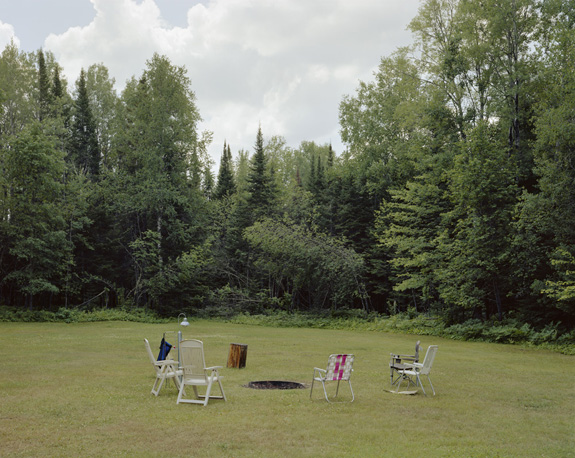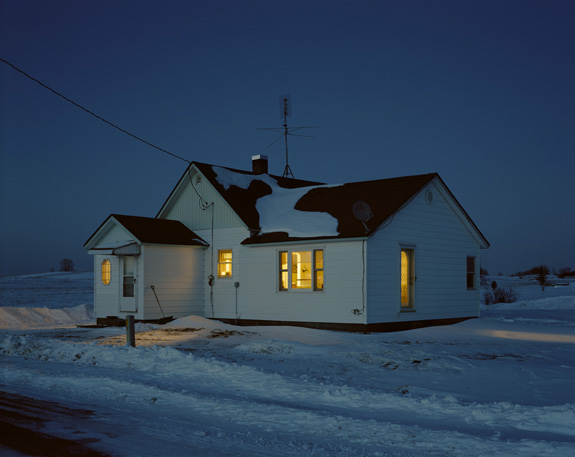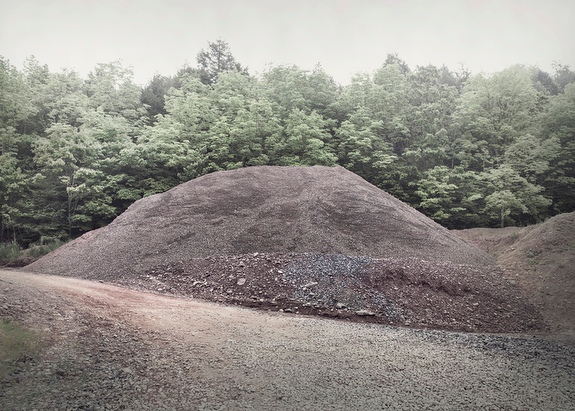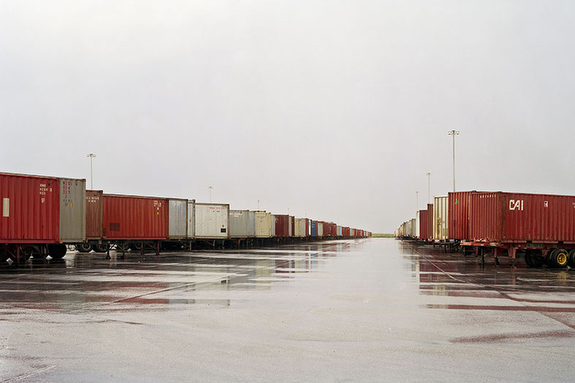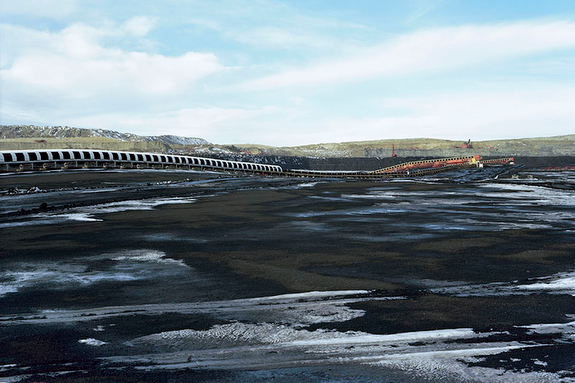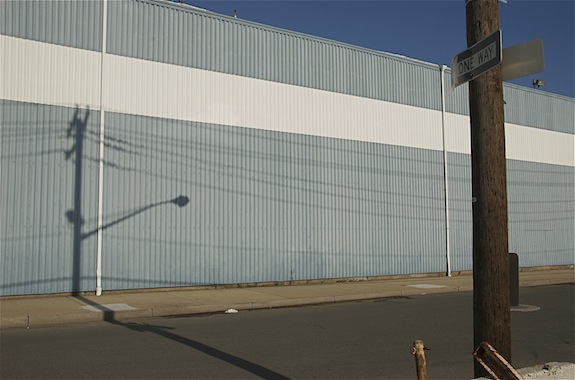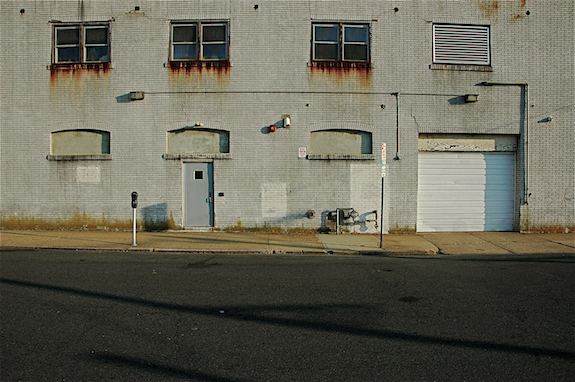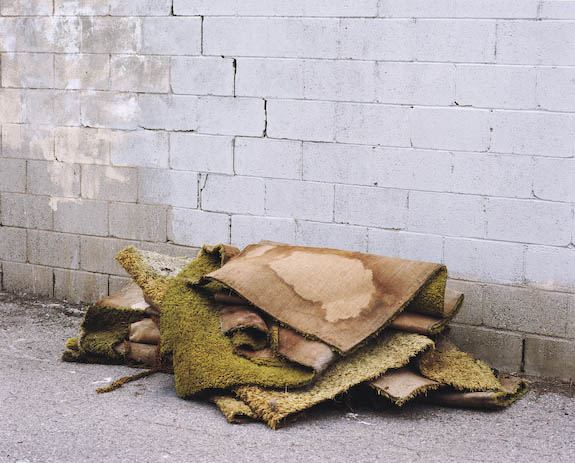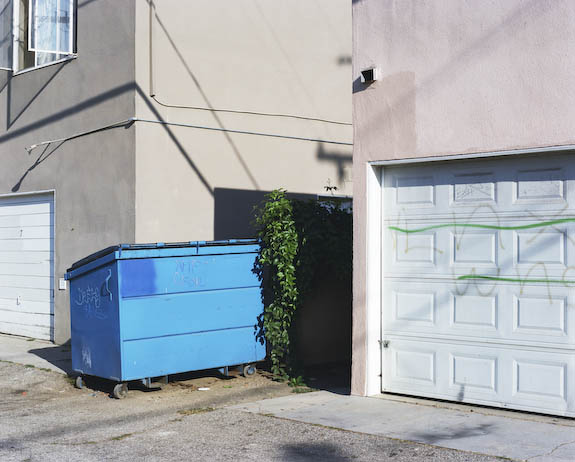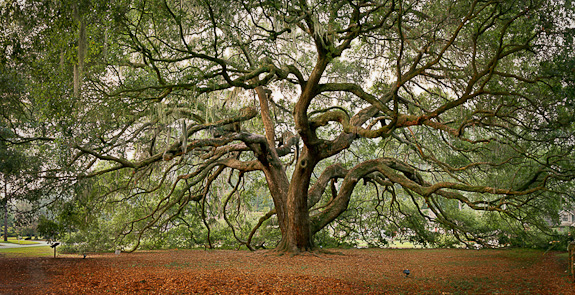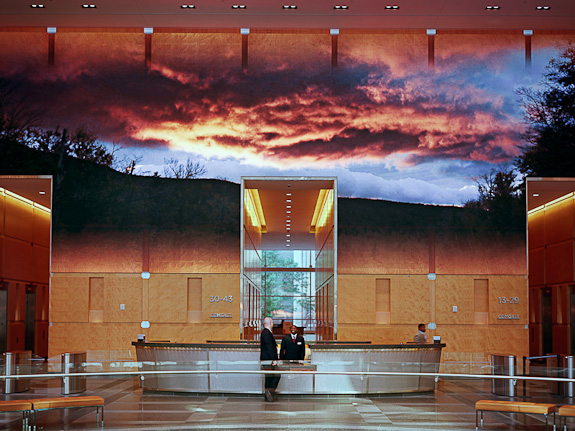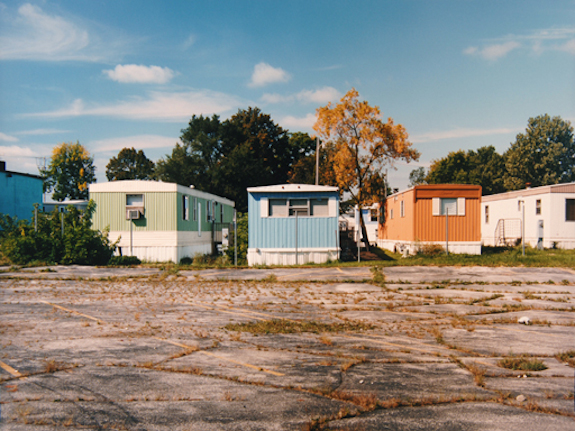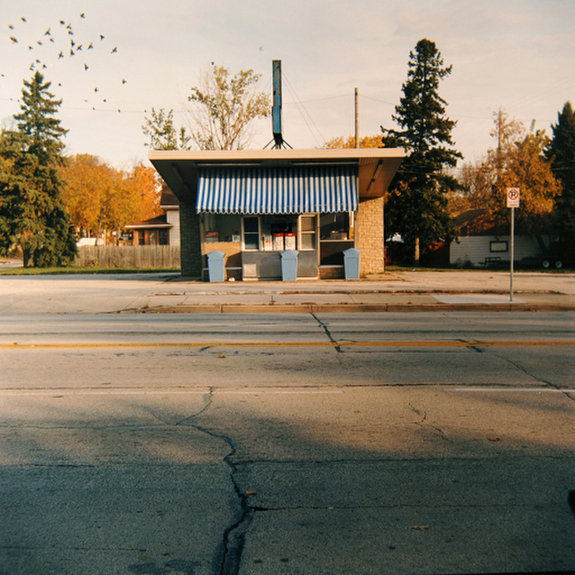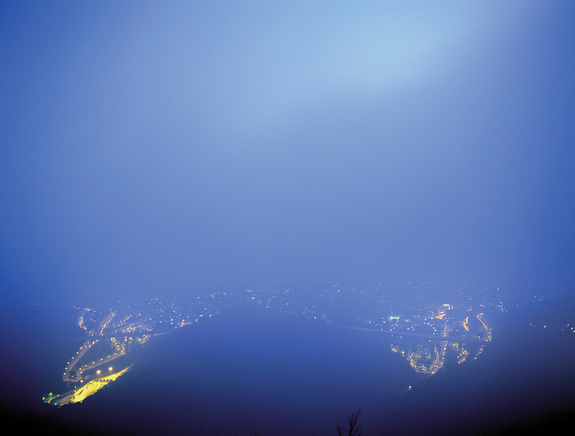
The first time I went there I was seven. It was with my grandfather.
Afterwords, with my friends, by car, hanging out, stopping at old churches and pine woods, talking, smoking, arguing about the next direction to drive. We went there to discover hidden inns, unusual views, fresh smells of mushrooms and mildews. It was long time ago.
I think there is such a place in the memory of each of us. Something particularly meaningful. Maybe, not far from the town we live, a place in the suburb, in countryside, a road across the mountains. A “B” road near Genoa, for example. The route SP 67 runs from Apparizione, a fraction on the borderline of the town of Genoa, to Calcinara, four houses in the inland. Around here, “Dark Nord Wind” is the name given to the North Wind when it carries rain and storms.
I have been driving this road many time, from 2008 to 2010. I took pictures. Looking for what I left behind: bad weather, dark paths, shadows of old friends, blurred memories. I went deeper into the forest, descending paths, looking through trees in the mists. Trying to grab the mystery of a place I only found the uncertainty of a road still to be covered to the end.
“I’m running towards nothing, again and again and again” (Simonetta Roncaglia)
— Roberto Schena, Milan & Genoa, Italy
